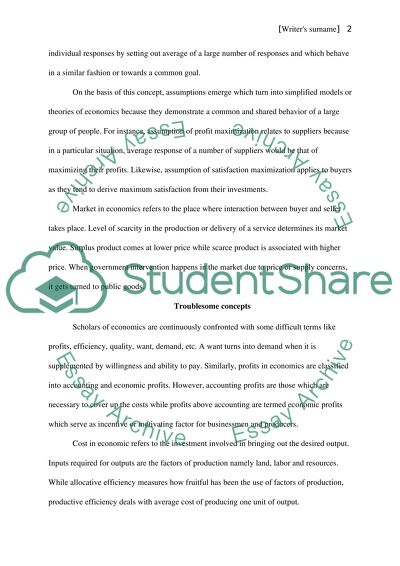Cite this document
(“MICROECONOMICS Essay Example | Topics and Well Written Essays - 1250 words”, n.d.)
Retrieved from https://studentshare.org/miscellaneous/1575257-microeconomics
Retrieved from https://studentshare.org/miscellaneous/1575257-microeconomics
(MICROECONOMICS Essay Example | Topics and Well Written Essays - 1250 Words)
https://studentshare.org/miscellaneous/1575257-microeconomics.
https://studentshare.org/miscellaneous/1575257-microeconomics.
“MICROECONOMICS Essay Example | Topics and Well Written Essays - 1250 Words”, n.d. https://studentshare.org/miscellaneous/1575257-microeconomics.


